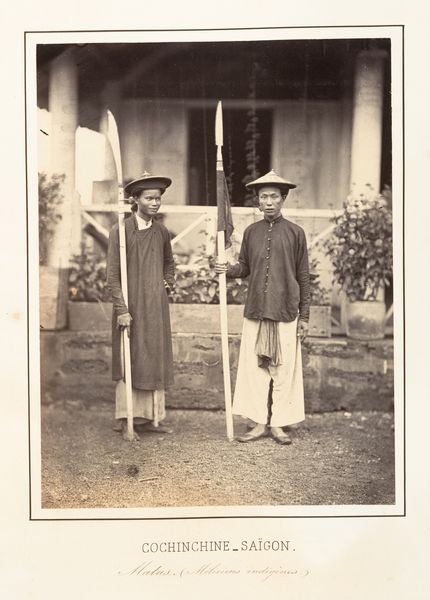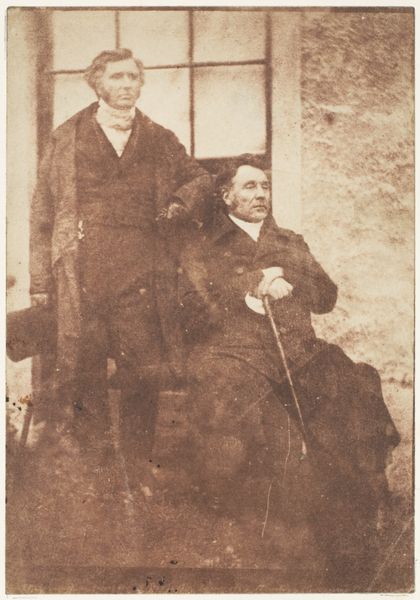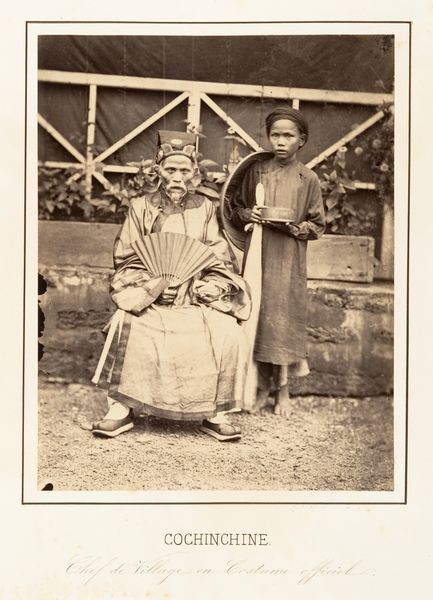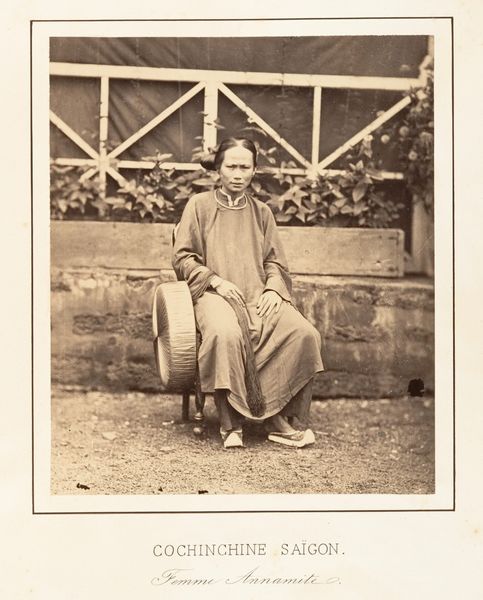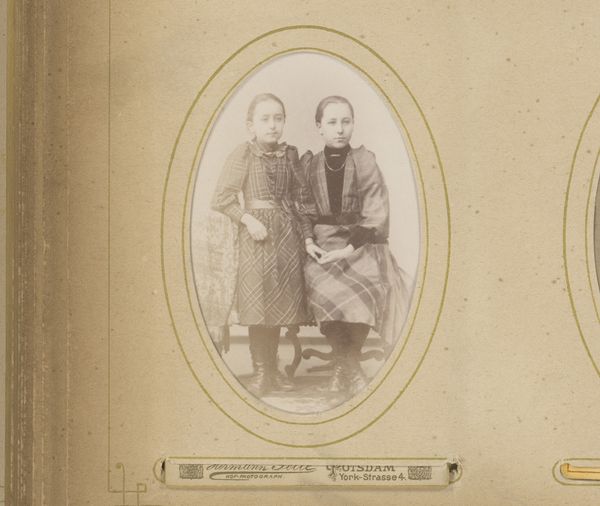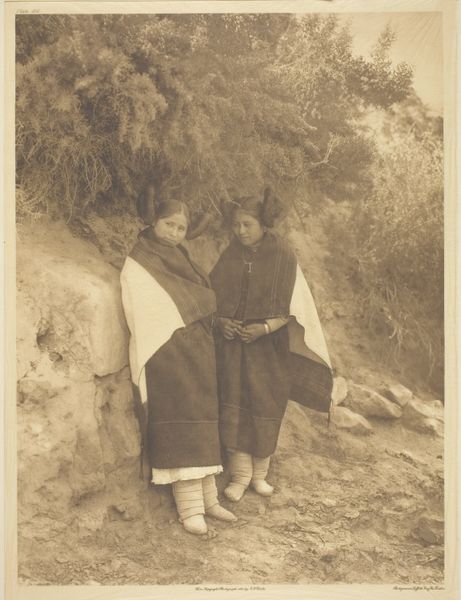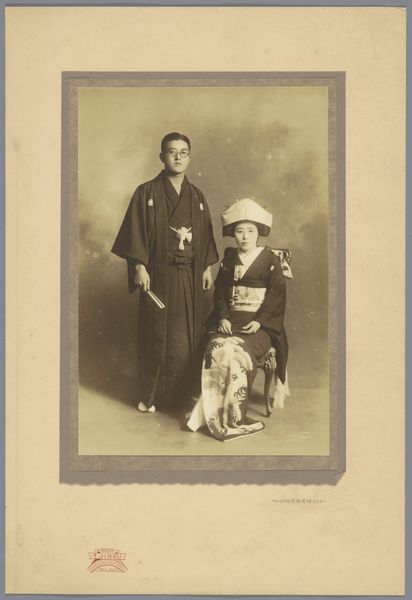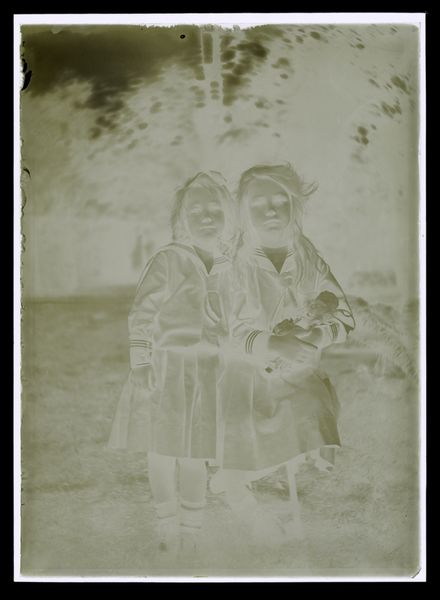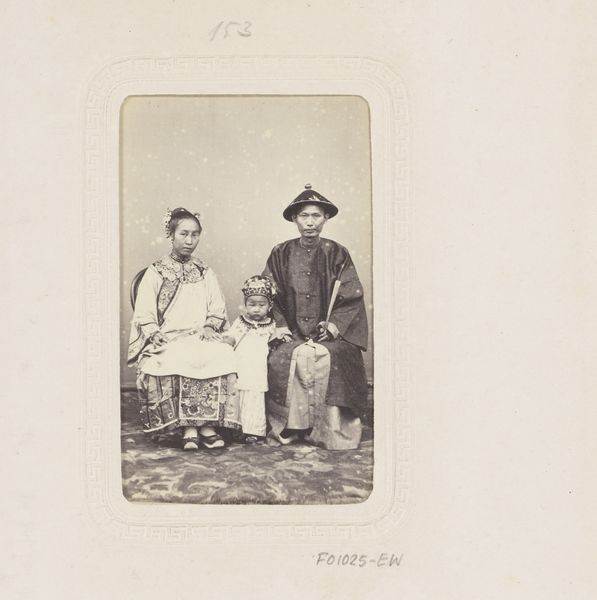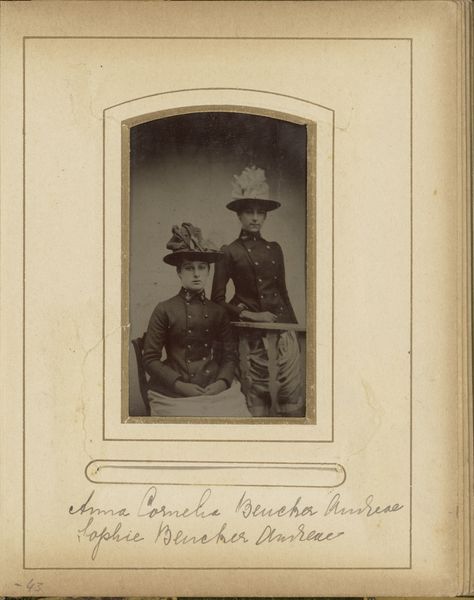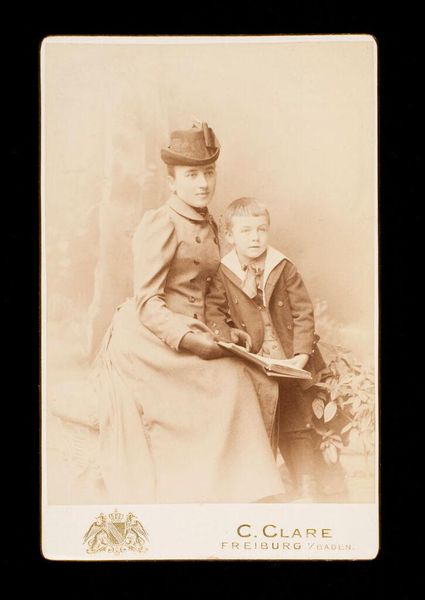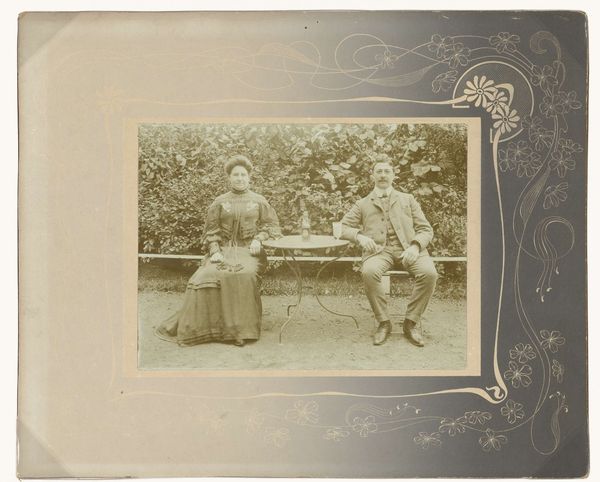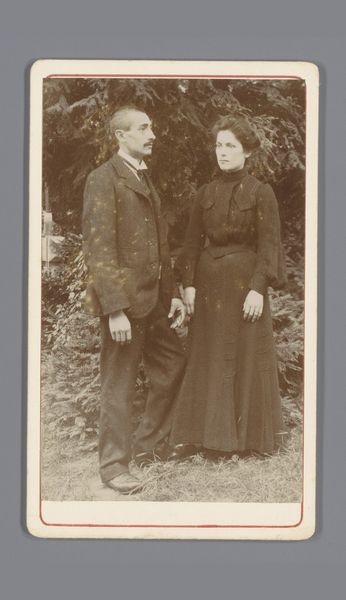
photography
#
portrait
#
asian-art
#
photography
#
historical photography
#
19th century
#
men
Dimensions: 21.1 x 16.9 cm (8 5/16 x 6 5/8 in.)
Copyright: Public Domain
Curator: The work before us, titled "Miliciens mangeant le riz, Cochinchine," was created around 1866 by Emile Gsell. It resides here at The Met. Editor: My first thought is of stillness and carefully constructed symmetry; even in this seemingly simple composition, the subjects project such stoicism. Curator: Indeed. Gsell’s photographs offer invaluable visual documentation of 19th-century Southeast Asia. The sepia tones and soft lighting render a kind of solemn formality. It’s more than just documentation. Editor: Absolutely. The image also acts as an artifact. It tells us about colonial power dynamics and the role of photography in shaping perceptions. Look at the contrast in attire and bare feet, subtle but pronounced markers of status, framed by a rudimentary garden structure in the background. Curator: Precisely, the rigid structure contributes to a semiotic analysis: we see not just individuals, but representatives of a social hierarchy. Consider the contrasting textures—the smooth faces against the roughly finished set. How do they play with light and shadow to define form? Editor: Those details can also invite ethical questions. Gsell made a career taking such photos, many of indigenous peoples in a state of conflict due to colonization. It's not a neutral act but one embedded in structures of power and often shaping exoticized views. Curator: Granted. But perhaps we might view it with slightly more complexity? A visual recording, yet open to varied interpretations—that balance between objective study and subjective framing makes this early photography incredibly potent. The arrangement certainly invites a more intense visual experience. Editor: So true, I hadn’t looked at it in that light! Viewing historical photographs of Asia allows for a multi-faceted dialogue about cultural identity and representational power. Curator: An illuminating insight. A complex weave of line, tone, form—it invites sustained visual contemplation and consideration.
Comments
No comments
Be the first to comment and join the conversation on the ultimate creative platform.
